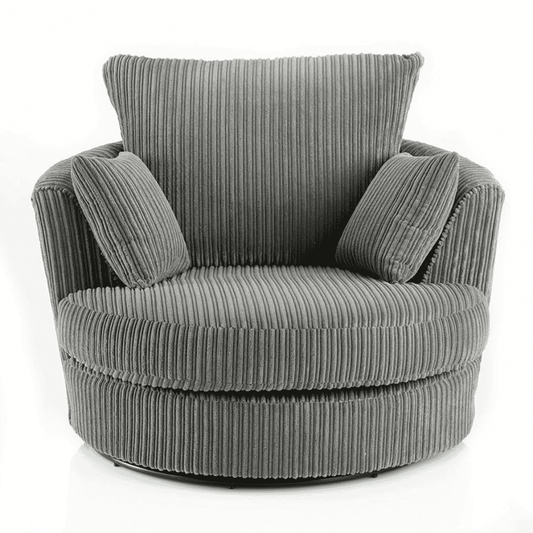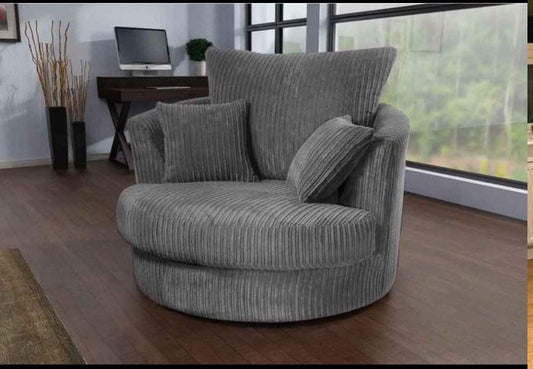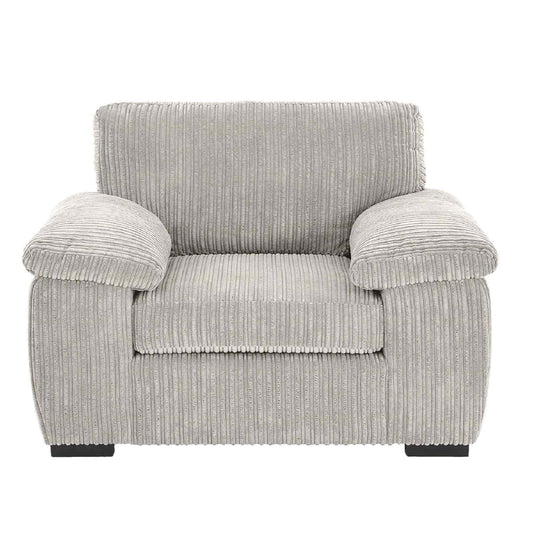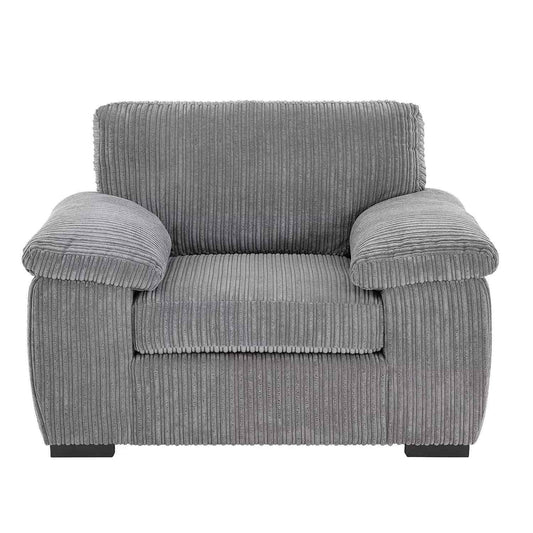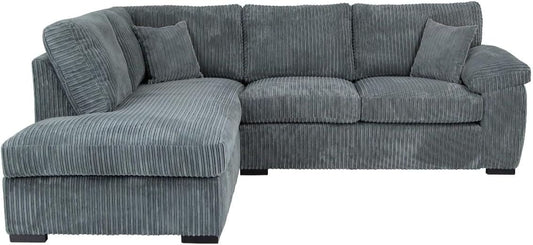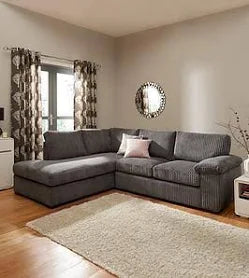Sofa Sustainability: How Eco-Friendly Fabrics and Designs Are Shaping the Future of Living Room Furniture
In recent years, sustainability has emerged as a driving force in the furniture industry, and the living room – a space synonymous with relaxation and social gatherings – is at the forefront of this transformation. As environmental concerns mount and consumer awareness grows, manufacturers and designers are embracing eco-friendly practices in every stage of sofa production. This shift is not only redefining aesthetics and functionality but also addressing broader environmental challenges.
The Rise of Eco-Conscious Furniture

Sofa sustainability is becoming an increasingly significant aspect of interior design. Consumers today are more informed and conscientious about the products they buy, and this includes the furniture that fills their living spaces. The traditional approach to manufacturing furniture often involved intensive resource extraction, chemical processing, and waste generation. However, with a growing focus on environmental impact, the industry is now exploring sustainable alternatives. Eco-friendly fabrics and innovative designs are at the heart of this movement, transforming how living room furniture is conceived, produced, and ultimately enjoyed.
Sustainable Materials: Organic Cotton and Beyond
One of the most significant trends in sustainable furniture design is the use of organic fabrics. Organic cotton, for instance, is cultivated without synthetic pesticides or fertilizers, reducing the environmental footprint associated with conventional cotton farming. This method not only conserves biodiversity but also minimizes soil degradation and water contamination. By incorporating organic cotton into sofa upholstery, manufacturers can offer products that are both soft and sustainable, appealing to environmentally conscious consumers.
Recycled polyester is another material gaining traction in the industry. Derived from post-consumer plastic waste, recycled polyester helps mitigate the environmental burden of plastic pollution. The process of converting discarded plastic into usable fabric reduces landfill waste and lessens the demand for new petrochemical resources. Sofas upholstered with recycled polyester combine durability with eco-conscious appeal, making them an attractive choice for modern households that prioritize sustainability.
Beyond organic cotton and recycled polyester, designers are exploring a variety of eco-friendly materials. Innovations include fabrics made from bamboo, hemp, and even reclaimed leather. Each of these materials offers unique benefits: bamboo grows rapidly and requires minimal resources, hemp is known for its strength and durability, and reclaimed leather gives a new lease of life to materials that might otherwise be discarded. These choices are not only environmentally beneficial but also allow for a diverse range of textures and aesthetics, ensuring that sustainable sofas can be both stylish and comfortable.
Innovative Design: Minimizing Environmental Impact
Sustainable design goes beyond the materials used. It encompasses the entire lifecycle of a sofa – from production and assembly to disposal and recycling. Many designers are now integrating principles of circular design, which emphasize durability, repairability, and recyclability. This approach challenges the traditional "throwaway" culture of furniture manufacturing by encouraging products that are built to last and can be easily repaired or repurposed at the end of their life.
One innovative trend in this realm is modular sofa design. Modular sofas are composed of individual components that can be reconfigured, replaced, or upgraded over time. This adaptability not only extends the life of the furniture but also reduces waste by allowing consumers to update their living room setup without buying an entirely new piece of furniture. Moreover, modular designs often facilitate easier disassembly, making it simpler to recycle or repurpose materials once the sofa reaches the end of its useful life.
Another critical aspect of innovative design is the reduction of resource-intensive manufacturing processes. Advances in technology have enabled manufacturers to streamline production, resulting in less energy consumption and lower carbon emissions. For example, the adoption of digital cutting techniques minimizes fabric waste, while automated assembly processes can improve precision and reduce errors. These improvements, combined with the use of sustainable materials, contribute to a significant reduction in the overall environmental footprint of sofa production.
Consumer Demand and Market Trends
The shift toward sustainable living room furniture is also fueled by evolving consumer preferences. Modern buyers are increasingly willing to invest in products that reflect their values, even if it means paying a premium for sustainability. This demand is driving innovation across the furniture sector, encouraging both established companies and emerging startups to rethink their design and production strategies.
Retailers and manufacturers are responding by offering comprehensive information about the environmental impact of their products. Eco-labeling and certifications, such as those provided by the Global Organic Textile Standard (GOTS) or the Forest Stewardship Council (FSC), are becoming commonplace. These labels provide transparency, allowing consumers to make informed decisions about the furniture they purchase. As a result, sustainability is no longer a niche market but a mainstream expectation that shapes trends in interior design.
Challenges and the Road Ahead
Despite the many advantages of sustainable sofas, the transition is not without its challenges. One significant hurdle is the cost associated with eco-friendly production methods. Organic materials and recycled components can be more expensive than their conventional counterparts, which may deter some manufacturers and consumers. However, as demand increases and production scales up, economies of scale are likely to drive down these costs over time.
Another challenge lies in the standardization of sustainability metrics. With various certifications and guidelines in place, consumers may find it difficult to navigate the complexities of eco-friendly claims. Greater collaboration between industry stakeholders, regulators, and environmental organizations is needed to establish consistent standards and benchmarks that can guide both producers and consumers.
Looking ahead, the future of sofa sustainability is bright. As technology continues to advance and environmental awareness grows, the integration of eco-friendly fabrics and innovative designs in living room furniture is poised to accelerate. Manufacturers are increasingly exploring new materials, such as bio-based polymers and biodegradable composites, which promise to further reduce the environmental impact of their products. In parallel, the adoption of circular economy principles will likely reshape the furniture industry, fostering a culture of reuse, repair, and recycling.
Sofa sustainability represents a dynamic intersection of environmental responsibility, design innovation, and consumer demand. By embracing eco-friendly fabrics like organic cotton and recycled polyester, and by rethinking the way sofas are designed and manufactured, the furniture industry is taking significant strides toward reducing its environmental impact. The future of living room furniture is not just about comfort and aesthetics – it is also about building a more sustainable and resilient world. As consumers continue to prioritize sustainability, the evolution of eco-conscious sofas will undoubtedly play a crucial role in shaping the future of interior design.

